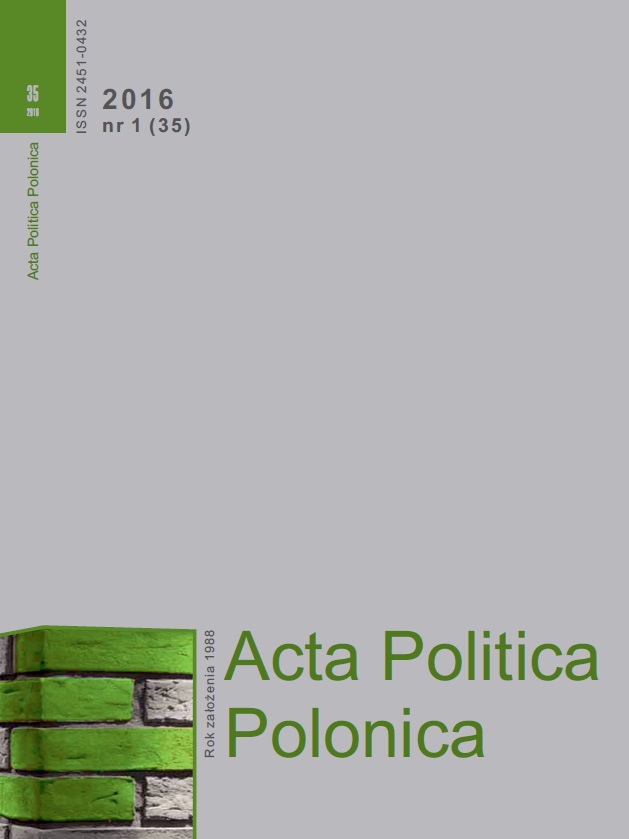Unia Europejska jako instytucja bezpieczeństwa. Analiza systemowa
European Union as a Security Institution. Systemic analysis
Author(s): Artur StaszczykSubject(s): Politics / Political Sciences, Politics, Governance, Security and defense, EU-Accession / EU-DEvelopment
Published by: Wydawnictwo Naukowe Uniwersytetu Szczecińskiego
Keywords: European Union; security; system; defence
Summary/Abstract: The paper analyses the role of the EU as a security institution and explores the issue of EU’s role in the shaping of the post-Cold-War European security system. The system is characterised by a heterogeneous structure and high development dynamics. One of the key components of European security architecture is the European Union. By developing a number of policies which constitute the instruments of external security management the EU has built the capacity, resources, institutions and procedures, as well as identified the goals and threats, which is why it can be analysed in terms of a security system. The EU’s fundamental security policy is the Common Security and Defence Policy (CSDP). It is primarily based on intergovernmental cooperation mechanisms, yet it does not establish a common European defence capability. However, it allows the EU to implement crisis management operations and acts as a stabiliser of peace and security at both the global and regional levels. The character of the CSDP is largely determined by the nature of the EU’s security system, which is predominantly focused on the elimination of external non-military threats. The above means that the EU does not constitute a common defence system which would offer the so-called hard security guarantees, but rather aims to shape the security environment in alignment with the values it proclaims by favouring the use of the so-called soft power instruments.
Journal: Acta Politica Polonica
- Issue Year: 2016
- Issue No: 35
- Page Range: 21-34
- Page Count: 14
- Language: Polish

